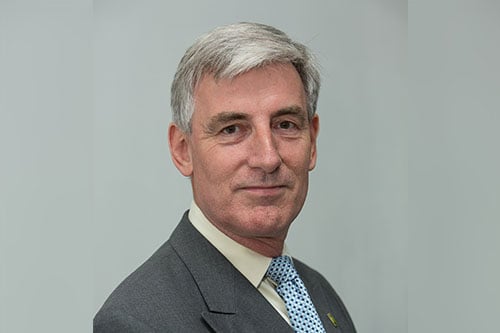

by Peter Staddon, MD of the MGAA
Earlier this month, over 700 people attended the MGAA annual conference, the highest number yet, and a true reflection of the strong growth in our sector. The theme this year was “Survival of the Fittest” and we sought to address some of the many challenges the insurance supply chain faces, including capacity, distribution and increasing regulation. It is undoubtedly a difficult time for many MGAs, but reflecting on the event and the many conversations I had with our members, I see a sector that is not only surviving, but thriving.
The annual MGAA event began life back in 2012 as a capacity exchange, attended by less than 30 MGAs, and just 14 local and regional carriers. It was originally established to help members secure the support needed to grow and introduce new products by bringing together leading insurers. According to our latest member survey, we now have over 140 full members representing £6.1 billion of underwriting capacity. The MGA sector has exploded, and I believe “MGA” has become a byword for entrepreneurialism and innovation in the industry.
But it is not just the nature and scale of the event that has changed over the years – the range of sessions organised for members has evolved to address some of the most pressing issues of our time. The world is changing, there is a greater focus on learning and development, and diversity and inclusion in insurance than ever before. Businesses that recognise these issues, who take action to ensure they put their own employees at the heart of their operations, will thrive.
Education is one of the Association’s key strategic objectives; specifically educating members and their employees to be able to trade effectively in an ever-evolving insurance market. We were joined at the conference by our partners at the Chartered Insurance Institute (CII), with whom we recently worked in partnership to create MGA Assess, an educational learning solution designed specifically to support MGAs. Throughout the event, the CII offered live demonstrations of the learning platform and helped people to register, the fact that the room was busy for much of the day suggests a genuine appetite for MGAs to consolidate their extensive knowledge of the market and keep abreast of best practice.
I’ve also noticed a change in the demographic of people attending the conference. What was once a typical “pale, male and stale” delegation, over the past few years has evolved to a more diverse one, better reflecting the diversity in our society. I was encouraged by the number of younger people joining us this year; to the untrained eye, ours is not an exciting industry, but more and more young people are starting to see the value and future potential of a career in insurance. This year, we held our second “speed mentoring” session where we gave our younger delegates an opportunity to meet with industry veterans, ask questions, seek advice and get guidance on their developing careers.
Another important change I’ve observed in the industry is the increased focus on mental health issues, and rightly so. In a high-pressured sector, it is critical that we as an industry recognise the value of talking openly about mental illness and raise awareness of the importance of employee wellbeing programmes. These conversations just wouldn’t have happened back in 2012, at least not quite so openly, so I was proud of our Next Gen group for running an interactive mental health workshop, and even more pleased to see how many people joined in, wanting to learn more about how to support their colleagues and friends.
The MGAA conference evolves every year and with each passing year we as a sector face new challenges, new opportunities to adapt and new ways to set ourselves apart and thrive. I’m looking forward to seeing how the industry continues to develop over the coming years.
